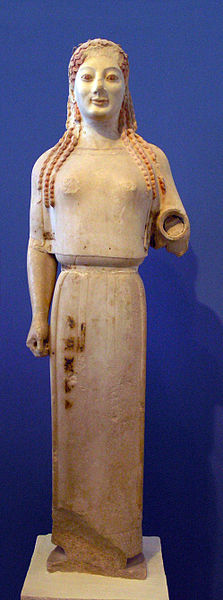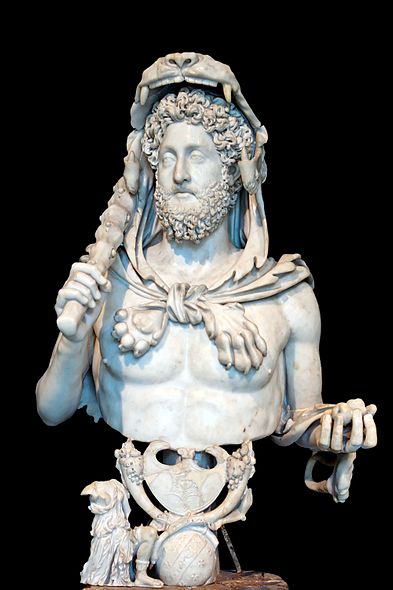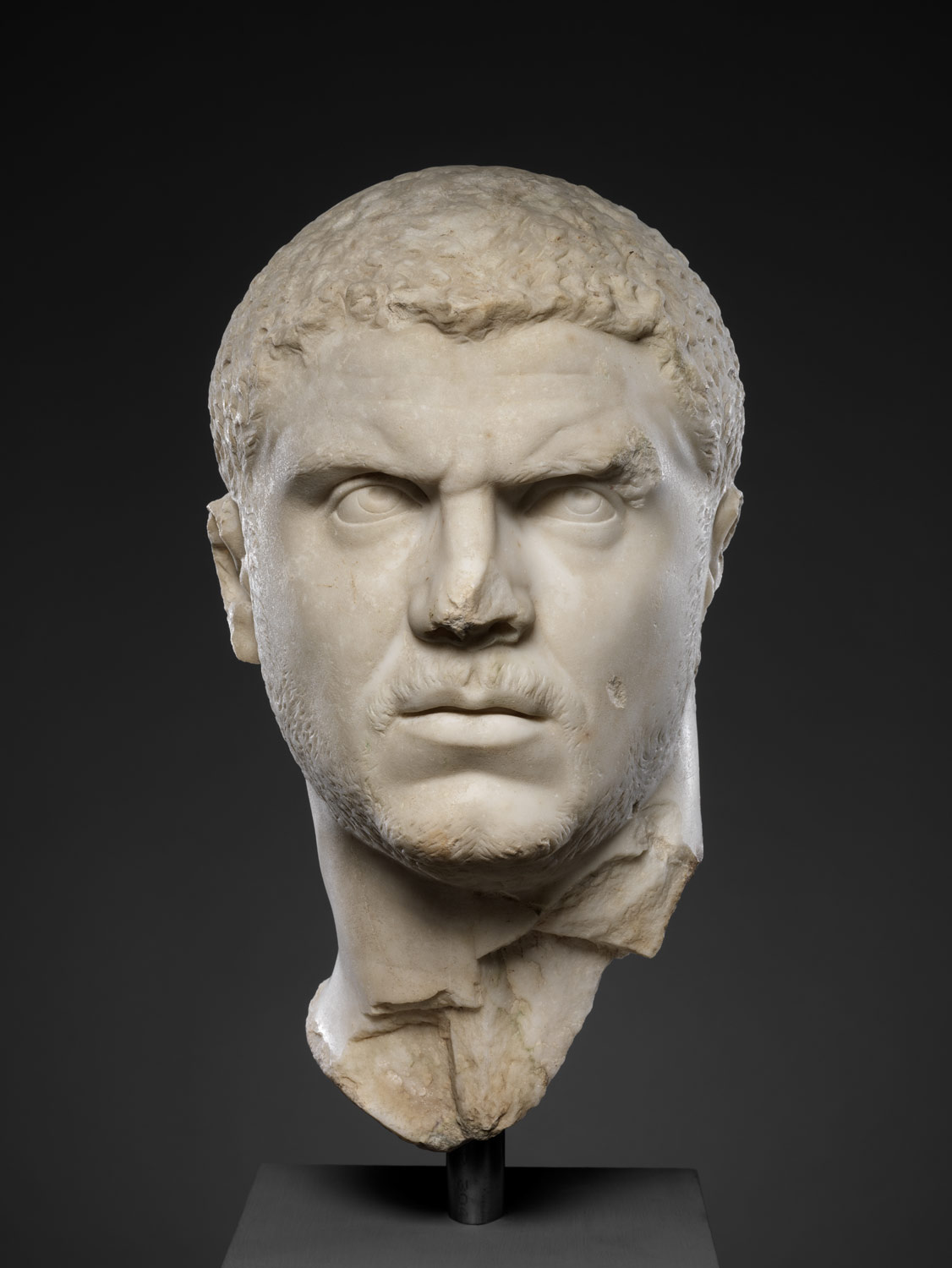America,
Israel, and the Middle East: Can't We All Just Get Along?
In
1967, the Israeli Military with backing of the United States was able to defeat
an alliance of Egypt, Syria, Jordan, and Iraq in just six days (Lennon 21). The
Six Day War marked the American support of Israel in its struggle against
neighboring Arab nations in the conflict over Palestine. Since then, America
has been the strongest western supporter of the State of Israel and this has
not come without its consequences.
The
issue that I have decided to take on is "why has Western support of Israel
led to tension between the West and the Middle East?" The American backing
of the State of Israel has led to a clash between Western Civilization and
Islam. The problem all started with the collapse of the Ottoman Empire at the
end of World War One. After the Ottoman fall, there was no unified power in the
Middle East and the land was carved up by the British and French into the
Mandate System (Lennon 20). With the British in control of Palestine, Foreign
Secretary Arthur Balfour came up with the idea of a Jewish state in the Middle
East (Lennon 20). From this, the idea of Zionism was adapted by many Jewish
groups scattered across Europe. As a result of the Holocaust, the western
Allies supported large scale Jewish immigration to Palestine. The State of
Israel was formed after bloody conflicts between the native Palestinians and
new Jewish population has caused the British Government to partition and
abandon their mandate in 1948. As a result, multiple wars occurred between the
newly formed State of Israel and Arab nations. During the Cold War, the world
got divided up between Nato allied countries and USSR back countries, America
sough allies in the east. Following the
war of 1967, the United States became the main western supporter of Israel
(Lennon 21). The American support of Israel has lead to the terrorist's attacks
of 9/11 and the current War on Terror (Madden 206). Since then, there has been
a surge of Islamism groups forming, whose agenda is to kick out Western
Influence in the Middle East. The Western backing of Israel has lead to the
current conflict between Muslims and Western Civilization.
We need to look at
all sides of the issue, first we look at the Muslim point of view. Looking at
what is going on from the position of Muslims whose history has been covered
with conflicts against the west. The U.S. support of Israel's occupation of
Palestine is seen as a continuation of western crusades, and imperialism
against the east. Conservative movements formed to focus on early Islam
teachings, without foreign influence has become popularized as a result of
Western Globalization. Some examples of these groups are; Wahhabi in Saudi
Arabia, Muslim Brotherhood in Egypt, Taliban in Afghanistan, Hezbollah in
Lebanon, Hamas in Palestine and Al Qaeda (Madden 206). Since the Gulf War, there have been an
increased number of American troops stationed in bases around the Middle East.
Islamists view this as the West trying to destroy their culture, control state
politics and westernize the people of the Middle East (Pfaff 9). The United
States and Western Countries support Israel's state sponsored terrorism against
the Palestinian people. A single terrorist attack against Israel causes the Israeli
Defense Forces to wage a mini war with those responsible and cause the deaths
of thousands of innocent people (Grinberg 1).
Since the creation
of Israel, followers of Islam have urged for a struggle against the western
"Franks" that infest their native land (Madden 207). New waves of
Mujahidin or Strugglers operate to fight the expansion of the west, and for the
survival of traditional Islamic culture. They believe that the West has no
right to place a foreign people in native Arab lands, as well as supporting
these people as they wage a bloody war to eliminate the Palestinian people. The
American response in the Middle East as a result of the War on Terror has been
blown of proportion. It is just an excuse for America to further the spread of
westernization, and secularization of the Middle East (Pfaff 9). Western
Civilization is trying to push their culture on another without respecting the
culture that is already in place. For
example, "There is constant Western pressure on Islamic governments to conform
to Western conceptions of human rights and to promote free and critical
religious and political thought" (Pfaff 9). The idea of westernization,
and continued support of Israel have been the issues that have polarized the
Muslim world with the West. No conflict is one side so we need to take a look
at the Israeli and Western sides of the story.
From Israel's
point of view, everything is drastically different. The idea of Zionism, which
had been secretly adopted by the British after WWI, was in full effect after
the Holocaust. Thousands of Jewish immigrants made their way to Palestine for
their new promised homeland. They however, were met with hatred and violence by
the native Palestinian population. Thus the conflict between Western backed
Israel, and the Muslim Middle East was conceived. From the beginning, Israelis
felt like they were outnumbered, and surrounded. They believe it is necessary
to fight for their lives against Arab nations who do not want them to exist
(Grinberg 1). That is not a very friendly situation to be placed in, but the
Jewish people were able to band together and have survived. Now with the
constant attacks on Israeli soil by radical Muslim groups, the IDF conducts
operations and occupations to ensure the safety of the State of Israel
(Grinberg 1).
As a result of the
terrorist attacks on civilian targets in Israel, the Israeli Government feels justified
it has the right to defend itself, and protect its people. Supported politically
and militarily by the United States, Israel is able to make aggressive
operations against these extremists groups. Take a look the statements made by
Iranian President Ahmadinejad, he states that he wishes to wipe Israel off the
map all together (Hashemi 1). When this kind of statement is made about your
country by the leader of another, I would feel the need to defend myself just
as the Israelis do. The country of Israel feels like it is just trying to
provide security to its people but, is faced with overwhelming opposition from
the Muslim World who do not even recognize Israel as a country. The State of
Israel believes its right to defend its existence with any means is a result of
their support from the West, and continued hatred put forth by Muslim
groups. The other faction that is a
major player in this conflict is the West, in particular the United States.
To look at this
issue full circle, we dive into the Western perspective of Israeli and Muslim
relations. In the aftermath of World War Two, Western powers developed sympathy
for the plight of the Jewish people. This eventually led to the creation of
Israel and the Western arming of this new state to provide it with means to
defend itself. The United States has formed a strong bond with Israel because
it is a Western friendly country, and is strong military ally in the east. Not
only do we support Israel, we have also worked to try to modernize, and
westernize the Muslim world (Pfaff 9). Our intention is not to steal their
culture but to provide modern technology, and thinking to an isolated part of
the world. This caused anger amongst extremist groups who do not like outside
influence and lead to the evens of 9/11. America increased their presence in
the Middle East more than this because they felt it is their duty to help
provide assistance and stability to regions where extremists groups reign.
Most European
powers have taken a stance as peace brokers between Israel and the Palestinians
but the United States has taken a more controversial approach. We conduct operations
in the War on Terror; we identify Israel as an important ally in the Middle
East to fight against Islamic extremists. Support for Israel has been increase
by America in both, arms sales, and politically (Grinberg 1). We feel like as a
super power it is our right to have a presence in the Middle East regardless of
how negative it is coming across. Furthermore, America's stance on the
Israeli/Palestinian conflict has been to support peace but also putting full
support behind Israel's right to security.
The West has taken a policy of globalization because we believe in the
end we will provide stability, and modernize the world. We also have taken a
stand that Israel can, and should exist as a Jewish country in a Muslim land. I
believe that America has taken the steps to continue to support Israel in their
struggle, regardless of the backlash we are receiving from the Muslim
world.
There is no doubt
this conflict has deep roots amongst its three main factions. There has been so
many events that further complicate the issue at hand. I do not deny that I
hold a bias position in favor to the Western viewpoint, but the blame cannot be
placed on only one group of people. The underlying issue here is a clash of two
very different civilizations; One being the globalized Western Civilization,
and the other being the isolated culture of Islam. The fact that Israel is a
Jewish country is not the reasoning behind the violence; I believe the same
result would occur if it were a Christian country. It is a fact that Israel is
a modernized, and Western supported country. That is what the real issue is
boiling down to. Muslims reject the Idea of having a foreign presence within
native Arab land; they have held this belief since the founding of Islam. I
have to place some blame on what I believe to be Muslims not being able to
accept change and intolerance of others but it is not a one way street. Their
responses to Westernization has resulted in the formation of extremists groups
carrying out brutal acts of violence to prove a point. Their acts of aggression
against the West for having a presence in the Middle East has lead to even more
American presence. As a result of being attacked, American presence in the
Middle East has skyrocketed to deal with this threat. The problem is that it is
a vicious cycle that will keep spinning with more attacks on the West, and an
even larger Western response. The same
goes with the conflict in Palestine. Israel responds to terrorists attacks with
military force, which in turn cause more terrorists attacks. This has been
going on since the formation of Israel and neither side has taken steps to
avoid its continuation.

The issue is not
whether one side is correct and one is not. It is what has each side done to
fix the problem; the answer to that is nothing. There has been no attempt on
either side to look past the issue at hand, and come with a solution that can
work in the future. There needs to be some accountability taken for ones
actions by the West, Israel, and Muslims. Before there can ever be a
resolution, there needs to be a change in the way of thinking that got us to
the conflict we are in. Sadly, this conflict has been going on since before I
was born and the way things are going it does not looks like a resolution will
ever arise in my lifetime. It makes me think, can there ever be a resolution to
the conflict between Western Civilization and Islam?








